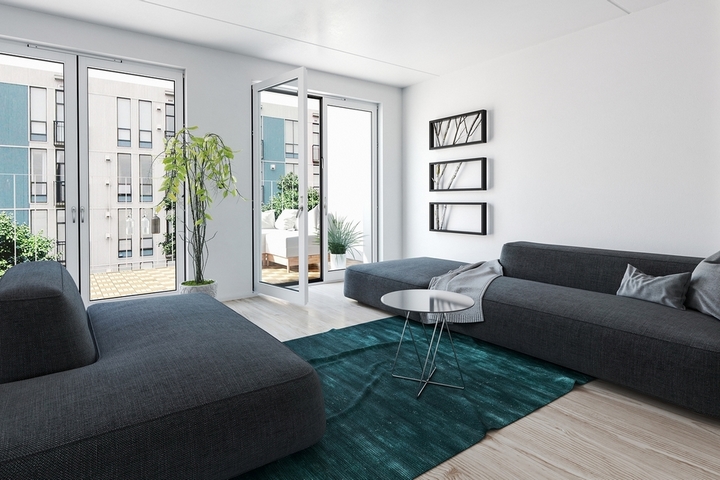12 Different Types of Apartments and Their Benefits
Renting an apartment in Canada, it’s not all one-size-fits-all. There are many different types of apartments, each perfect for some and not-so-perfect to others. Searching for affordable apartment rentals, you are likely to come across a wide range of units divided up according to price, neighborhood, living situation, and other features.
Here are the twelve types of apartments and their different benefits:
Type #1: Studio Apartments
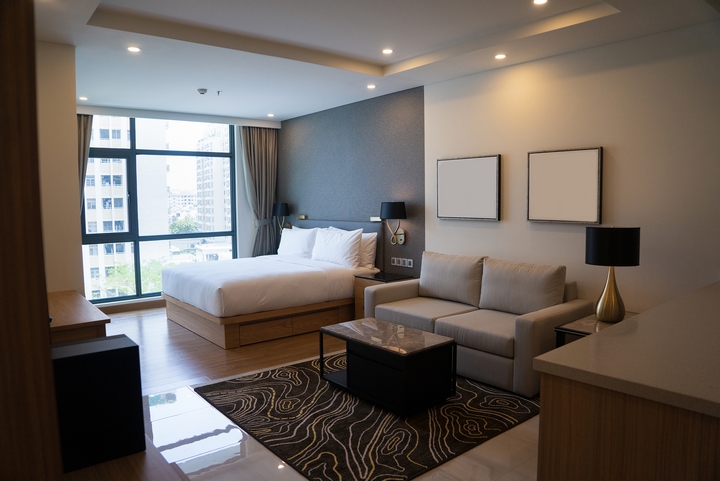
A studio apartment is a single room. These types of apartments are usually a multi-purpose space with an open-concept design. It is small though efficient and often the most affordable of all apartment types. The combination of bedroom, living room, and kitchen may be undesirable to a lot of people. ‘Bachelor apartments’ are also sometimes referred to as studios.
Type #2: 1-Bedroom Apartments
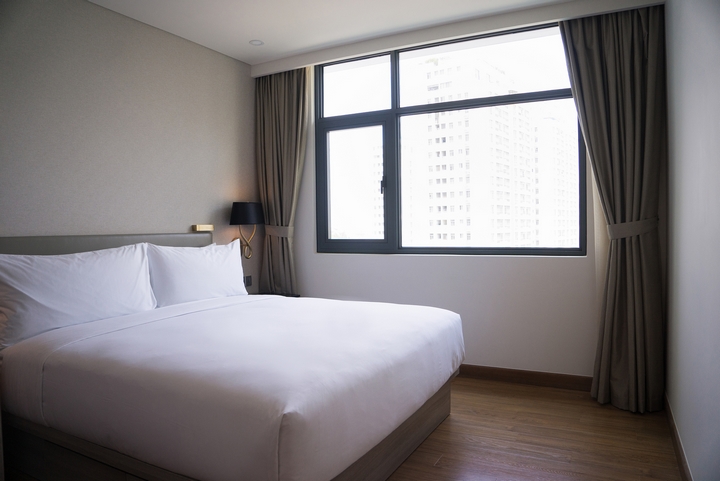
A 1-bedroom type of apartment is a unit with a dedicated bedroom and typically a second open-concept space with kitchen, dining room, and living room all-in-one. There is also a junior 1-bedroom apartment which is slightly smaller than an average 1-bedroom, usually built around the same idea though. That is, to have a private bedroom – an additional room that a studio won’t have.
Type #3: 2-Bedroom Apartments
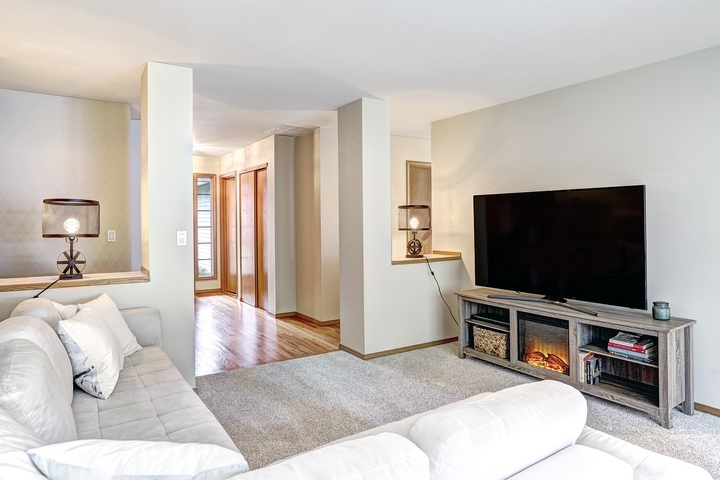
A 2-bedroom apartment is an apartment with two private bedrooms in its design. These types of apartments are common in major cities, often in a winged 2-bedroom design. This type of 2-bedroom puts each bedroom at opposite ends of the apartment with a common area in the middle, i.e. with your living room, kitchen, and dining area. This style of apartment is the most private and preferred among many tenants, and conducive to having a roommate to share expenses with.
Type #4: Micro Apartments

Micro apartments are popular overseas but have not quite caught on in North America. Micro apartments are one room, usually less than 350 feet. They are sometimes smaller than a studio, complete with a sitting area, bed, bathroom, and kitchenette. In areas of high density and skyrocketing rent prices, micro apartments are built to help provide livable units to interested renters.
Type #5: Alcove Apartments
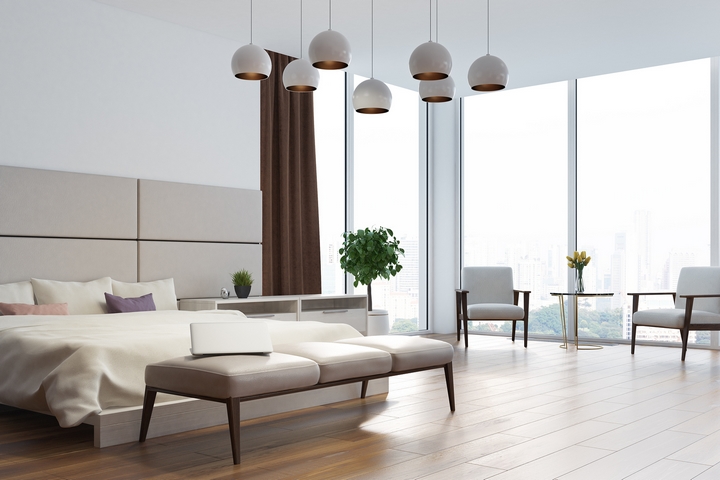
An alcove apartment is a larger-sized studio apartment with an ‘L’ partition that separates the main living space from the bedroom. This creates a sort of nook or alcove for a bed. This adds some privacy to the bedroom setup. An alcove apartment is advantageous if you have a roommate, spouse, or partner renting with you, and you keep a separate schedule from them.
Type #6: Basement Apartments
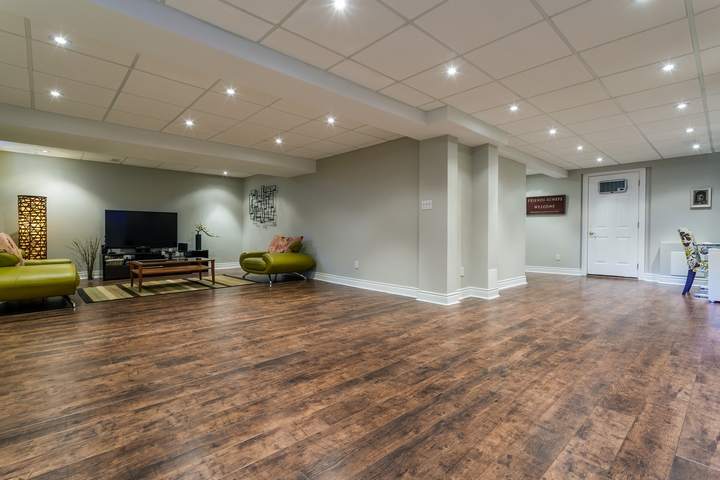
Basement apartments, aka ‘garden apartments’, can be an intelligently-designed unit in an apartment complex or a converted space in someone’s home. A basement apartment usually comes with its own entrance though not always. In the case of a true garden apartment, you might have access to a private outdoor area as well.
The downside to living in a basement are increased risk of pests, increased noise from tenants above, and the potential for security issues depending on who is around you.
Type #7: Loft Apartments
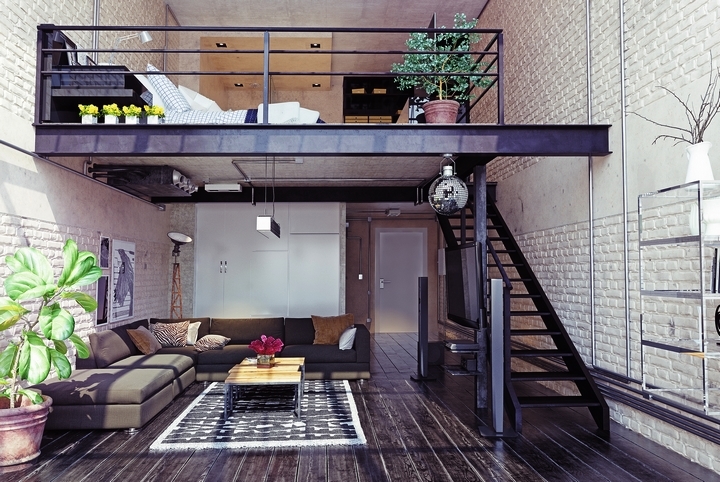
A loft apartment is usually a large room with moderate to very high ceilings. Loft apartments are common in commercial buildings that have been renovated and converted into residential apartments. Lofts are typically seen in neighborhoods with an industrial past or with available historic buildings that were formerly workplaces from decades ago.
Type #8: Railroad Apartments
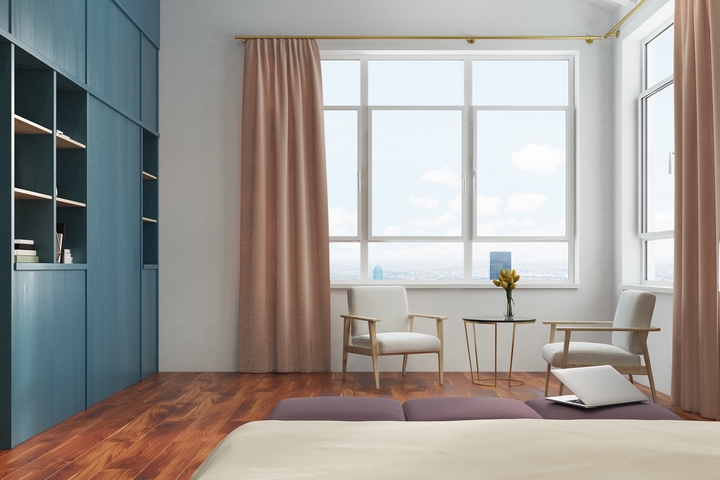
A railroad apartment is very common in many cities across Canada and the US. They have a straight floor plan. Length-wise, you have three or four connected rooms and sometimes in an open-concept design. Railroad apartments are common in converted buildings or older residential apartment setups. There is typically no second level of any kind.
Type #9: Duplex Apartments
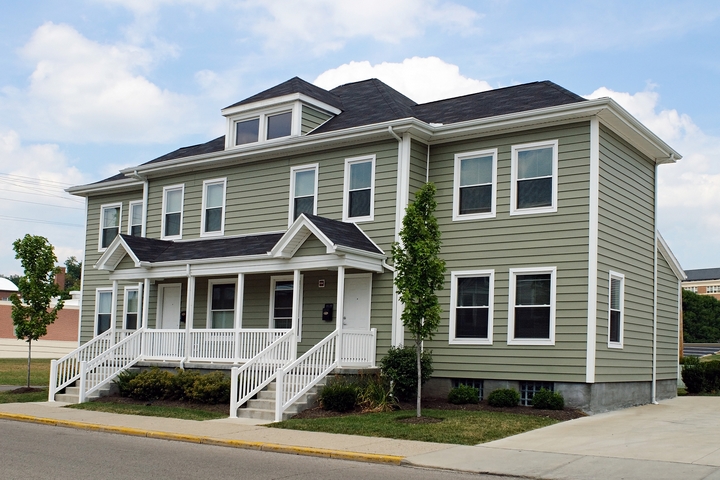
Duplex apartments are a two-level unit. Triplexes are a three-level unit. Though not every apartment building has them, duplexes and triplexes offer a lot of benefits and usually keep separate the sleeping quarters from the main living space. For couples expecting kids or small families living in the city, duplexes usually come with their own entrance and can feel like a detached inside of an apartment complex.
Type #10: High-Rise, Mid-Rise & Low-Rise Apartments
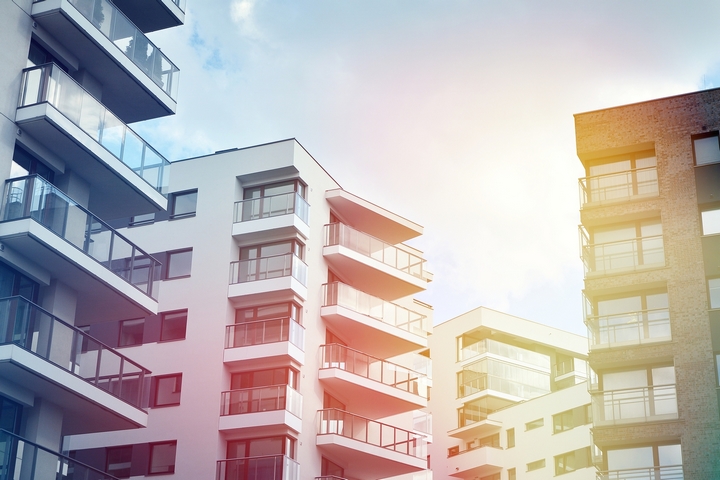
You may have heard these terms in the past. A low-rise refers to an apartment in a building with 1-4 floors. A mid-rise is a unit in a building with 5-11 floors, often with a communal elevator. As you’ve probably guessed, anything larger is considered a high-rise. High-rise apartments are premium in design, offering amenities and space that mid-rise and low-rise units cannot. Many luxury apartment rentals are found in mid-rise and high-rise buildings.
Type #11: 3-Bedroom Apartments
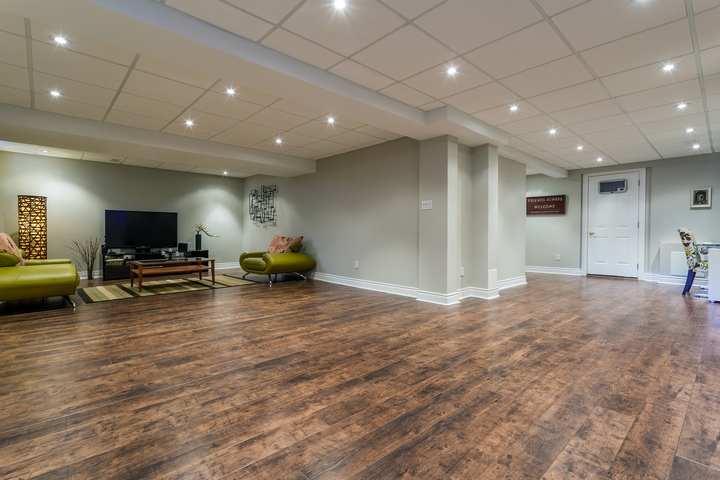
The least common type of apartment is a 3-bedroom. Like a 2-bedroom, it is very similar in appearance with the exception that it has a third bedroom. For families or groups, a 3-bedroom apartment may have more benefit to them than a simple 2-bedroom. For apartment management though, 3-bedrooms have proven to be more difficult to rent and lack the interest of other apartment types. Far fewer of them exist and are being built.
Type #12: Apartment Alternatives
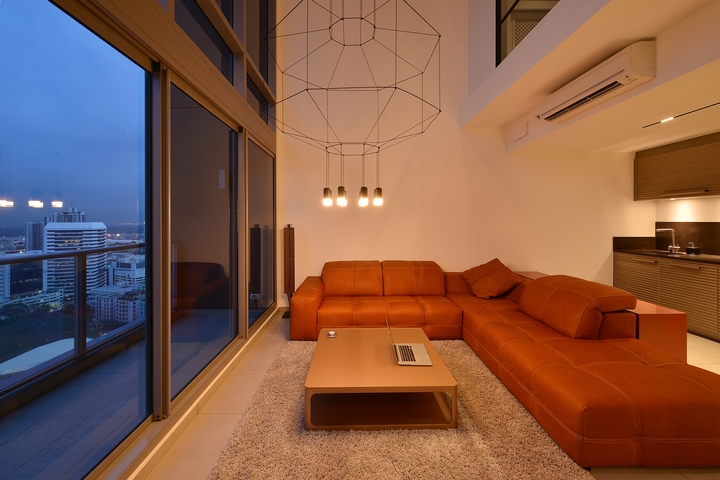
As a renter, there aren’t just apartments to look at. You may find condos for rent which are apartments in design but rented from the owner of the unit as opposed to from a building. Townhouses also exist, often rented with apartment-style agreements. Semi-detached and detached homes in major cities may also be available for rent, with front yards, backyards, garages, and other amenities although that can come with a big, big price tag.

